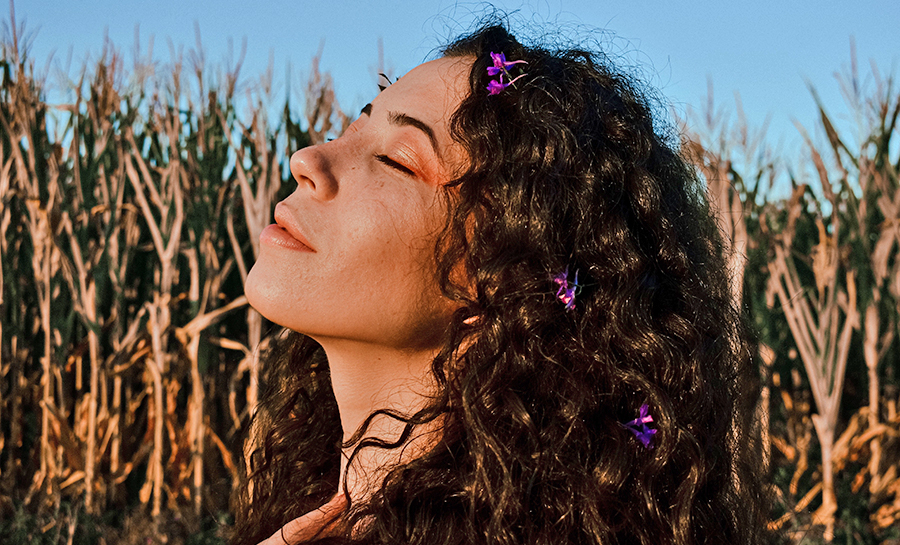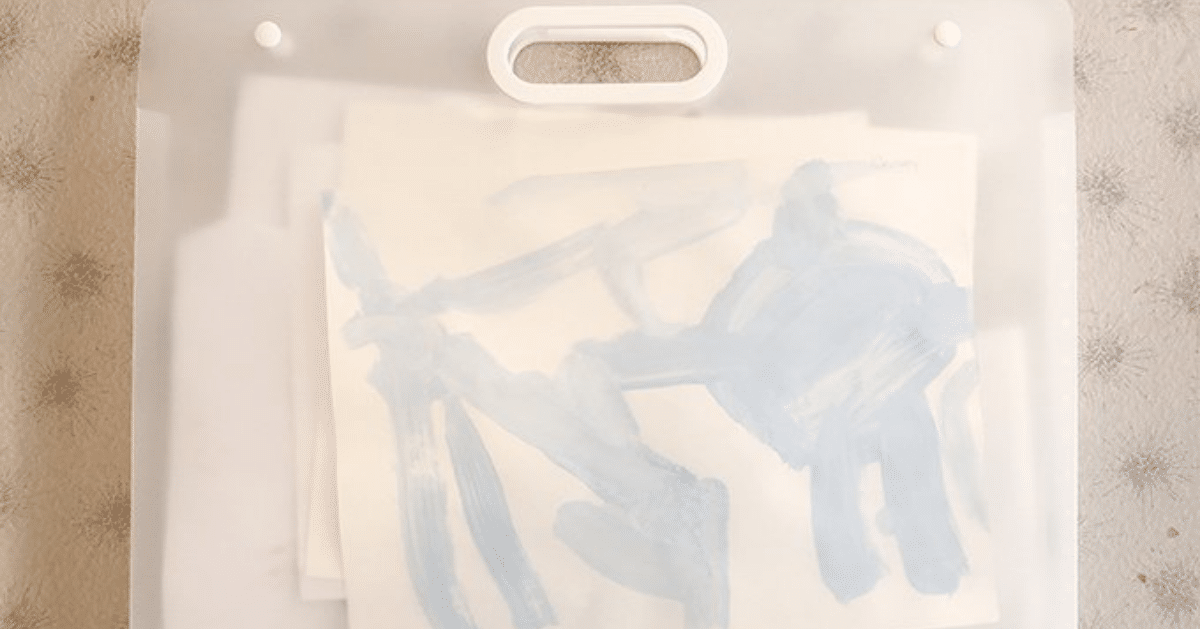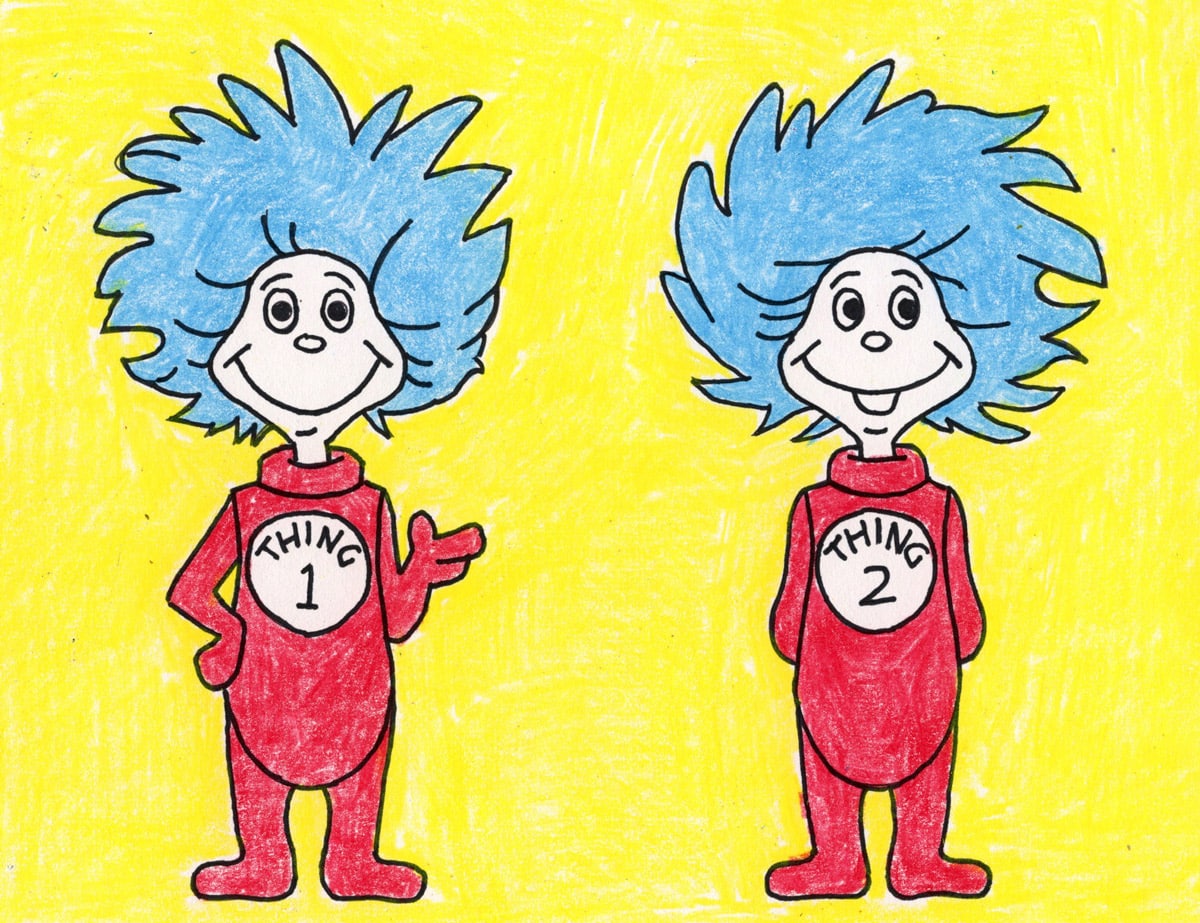
The term “microdosing” has been making waves across news outlets and social media for some time. And while the thought of dropping acid or going on a full psychedelic trip sounds less than appealing to many, microdosing or taking small amounts of a substance such as psilocybin may pique your interest.
This article will focus specifically on microdosing psilocybin, which are mushrooms that have hallucinogenic properties. These psychedelic fungi are often referred to as magic mushrooms.
Microdosing is the practice of taking small, sub-perceptual doses of psychedelics, like psilocybin found in magic mushrooms.
Unlike the “classic” trip one may think of, microdosing is on the other end of the scale in terms of the amount of psychedelic or substance one takes. To break it down, microdosing is the practice of taking small, sub-perceptual doses of psychedelics, like psilocybin found in magic mushrooms.
Thinking about microdosing? Here’s what you need to know. Read on for our beginner’s guide to microdosing, including how to, protocols, benefits, safety concerns and three tips on how to have a safe and supported experience.
Want a deep dive on psychedelics? Check out our Psychedelics Guide: What You Need to Know Before Taking Hallucinogens
First, Let’s Go Over Psychedelics
Before jumping into microdosing, it’s essential to understand the basics of psychedelics and how they affect the brain.
Psychedelics are a type of drug that alters how we perceive the world. They can cause changes in mood, thought and perception. Psychedelics are thought to work by increasing the flow of information between different brain regions, which can lead to greater creativity, insight and openness.
Technically, one could microdose other substances, including cannabis, but most mainstream media refers to psychedelics like psilocybin when they discuss microdosing.
It’s hard to know the exact numbers regarding how many people microdose. However, it appears psychedelic use, including microdosing, is on the rise.
One study reflects the use of hallucinogens has increased among adults since 2002, while decreasing in younger people, specifically adolescents. Data also shows from late 2020 to early 2021, an estimated 25% of people using psychedelics were microdosing.
What Is the Safe Amount for Microdosing?
When it comes to microdosing, the goal is to take a small enough dose that you don’t experience any hallucinations or other intense perceptual changes but still reap benefits, including improved mood and focus.
Microdosing is another tool that can be utilized on one’s journey to self-discovery and wellness.
According to the Microdosing Institute, a standard measurement used for microdosing varies between substances. For example, 0.1-0.3 grams is often used for mushrooms. There’s also a weight difference between fresh and dried product.
Often one may want to experiment with the dose until they find the amount that works best for them.
What to Know About Microdose Stacking
The act of stacking can also be used in conjunction with microdosing and refers to taking other non-psychoactive substances. One such substance is Lion’s Mane, a non-psychoactive mushroom known for brain health.
Famous mycologist Paul Stamets researched stacking different substances for microdosing. The combination now known as Stamets Stack includes:
- Psilocybin
- Lion’s Mane
- B3
Protocols for Microdosing Psilocybin
Though recently popularized, microdosing has long been a common topic of discussion among many circles, specifically in the psychedelic research community. Dr. James Fadiman, a writer and psychologist, has researched psychedelics since the 1960s.
Known as the “Father of Microdosing,” Fadiman created one of the main protocols for microdosing, which works specifically well for beginners.
For microdosing purposes, a protocol refers to the number of days to take the microdose versus days without it. Fadiman’s protocol reflects day one as taking the microdose, day two as time for transition to notice any lingering effects, and the third is simply a normal day. Then the cycle starts over.
Other protocols, including the one I’m currently trying, is a protocol of two days “on” followed by one day off. Though someone may want to follow a pre-set protocol, it’s important to remember the user has their own intuition to use on this journey. The microdose is best suited in combination with the internal needs and wisdom of the user.
Duration
When following one of the standard protocols, such as the Fadiman Protocol, it’s typical to microdose for one to two months. After this time, a break of two to four weeks is introduced. These “normal” days allow ample time for integrating knowledge gained while microdosing and lets the body and mind make any necessary adjustments following the recent journey.
The Benefits of Microdosing Psilocybin
Microdosing has been heralded for a myriad of benefits, and like most earth-based medicines, research is mixed and ongoing. While one may refer to microdosing with magic mushrooms as plant medicine, technically, it’s Fungi Medicine, as mushrooms and other fungi belong to their own “Kingdom.”
Just as animals belong to the Animalia Kingdom and plants belong to the Plantae Kingdom, mushrooms belong to the Fungi Kingdom. I was recently reminded of this fact by my psychedelic integration guide and coach Sean Graves.
People may choose to microdose psilocybin for a variety of reasons. And from a beginner’s standpoint it can be hard to know what to expect. Reported benefits associated with microdosing include:
- Increased productivity and focus
- Heightened creativity
- Improved problem-solving
- Enhanced well-being
- Decreased depression
- Improved focus
- Increased gratitude and joy
- Better ability to observe the present moment
- Improved sleep
- Decreased PMS
Also Read : Why Books Matter: 3 Steps to Building a Successful Classroom Library
3 Tips for a Safe and Enlightened Psilocybin Mircodosing Experience:
Now that we’ve covered the benefits of microdosing, here are three tips to have a powerful, safe, and supported microdosing experience.
1. Set an Intention
Just as one would with a bigger dose, deciding on an intention with each microdose can set the stage for how you’d like the experience to go. An intention is something you intend to do or experience. With microdosing, some intentions to consider may be to bring more joy to your day, feel more connected to nature, or experience an increased sense of purpose.
Curious about intention? Read: Intention Fuels Purpose: Follow These 5 Steps to Practice Intentional Living
2. Journal
On the microdosing journey, one may experience key insights in different areas of their life. Some examples from my microdosing journey include reflections on the urge to people-please, along with feelings of detachment from my body, and the ever-present fear of waiting for the other shoe to drop.
These insights come as mini blips of wisdom breaking through the noisy chatter of my day-to-day life. Becoming more aware of them helps me recognize how they impact my joy and ability to live in the present. Journaling is crucial when it comes to recording these bits of information, so I can reflect on them both during and after the journey.
3. Integrate What You’ve Learned
Another important component of microdosing psilocybin: the act of integration. The basic meaning of integration is to blend, form or bring in smaller parts to create a whole. Though I’m still figuring out how to do this on my psychedelic journey, the main takeaway is to bring any insight observed with the medicine to one’s everyday life and apply it as best as you can.
Mircodosing Bonus Tip
Going hand-in-hand with intention and journaling, the facilitator on my microdosing journey also recommended writing a letter to yourself prior to the first dose. This letter is written from the perspective of who the micrdoser is at the end of the three-month journey.
Is Microdosing Psilocybin Safe?
After learning more about microdosing psilocybin, the next bit of information to consider includes common pitfalls and safety. Research has demonstrated that common drawbacks to microdosing may include anxiety, difficulty sleeping or feeling more tired and general discomfort.
The Microdosing Institute also shares a list of when microdosing is not recommended, including:
- If pregnant or breastfeeding
- When weaning off certain medications, such as antidepressants
- With alcohol or other drugs
- With Tramadol or lithium carbonate
While microdosing is safe for many people, it may not be a good choice for everyone.
Finding a professional knowledgeable in this type of medicine is crucial when it comes to knowing if it’s a good fit for you. Having a trusted guide also ensures the “supplements” you take are of high quality and safe.
While microdosing is safe for many, it may not be a good choice for everyone.
There are over 10,000 different mushrooms in North America and many look alike. To avoid accidentally poisoning yourself, always talk to a trusted professional. Microdosing may have negative interactions with other medications, so always consult a doctor before starting to microdose.
Psychedelics and other mind-altering plants and fungi are still illegal in many places. Be sure to follow the legalities where you are to avoid breaking any laws.
To Microdose or Not?
Microdosing is another tool that can be utilized on one’s journey to self-discovery and wellness. Like other instruments in someone’s toolbox of wellness, including meditation and yoga, it’s a deeply personal experience. Choosing to microdose is a decision left up to the user.
Taking small doses of substances like psychedelics may provide enhancements to one’s life. Like many plant or fungi medicines, research is ongoing to scientifically back the multitude of benefits many have already experienced, including this writer.
To learn more about psychedelic research, check out MAPS (Multidisciplinary Association for Psychedelic Studies). Until next time, stay safe and happy microdosing!
All included information is not intended to treat or diagnose. The views expressed are those of the author and should be attributed solely to the author. For medical questions, please consult your healthcare provider.
This article has been read 184 times. Share it and spread the love!





